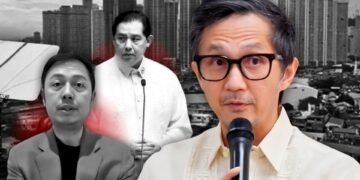A Peruvian court sentenced former president Martín Vizcarra to 14 years in prison after finding him guilty of receiving 640000 dollars in bribes from construction companies while serving as governor of the Moquegua region.
The court said the payments were made between 2011 and 2014 in exchange for favorable public works contracts. Vizcarra, who later led Peru from 2018 to 2020, listened to the verdict without reaction. He maintains that he is innocent.
He was detained for 22 days earlier this year as an alleged flight risk before being released on bail. His trial began in October 2024. With the ruling now finalized, Vizcarra will join three other former Peruvian presidents already behind bars: Pedro Castillo, Ollanta Humala, and Alejandro Toledo. Castillo, arrested in 2022 after his attempt to dissolve Congress, awaits a possible 34-year sentence for rebellion and abuse of power.
Peru’s steady prosecution of its former leaders has become part of its political landscape. Accusations lead to trials, and trials lead to outcomes. Courts move, documents are reviewed, and sentences follow. Corruption remains a problem in Peru, but the legal system pushes cases to a conclusion that citizens can see.
This stands in contrast to the Philippine experience, especially as the country faces mounting frustration over its flood-control failures. Billions of pesos have been allocated for dredging, drainage expansion, and river rehabilitation across multiple administrations.
Yet cities like Cebu and major parts of Metro Manila continue to suffer severe flooding whenever strong rains arrive. Politicians linked to these projects have repeatedly insisted that the works were completed and met standards.
However, subsequent inspections and investigations reported the opposite, showing unfinished sections, substandard materials, and major discrepancies between what was declared and what existed on the ground.
The issue intensified in 2025 as residents questioned why long-funded flood control systems collapsed under recent storms. Investigators flagged delayed construction, abandoned worksites, and contractors who continued to win government bids despite earlier controversies. Unlike in Peru, none of the key figures tied to these lapses have faced jail time or decisive legal action.
Vizcarra’s conviction demonstrates what happens when a government follows corruption cases through to their legal conclusion. The Philippines continues to discuss accountability while communities absorb the damage from infrastructure that fails at the moment it is most needed.
Peru’s ruling does not eliminate corruption, but it shows what institutional follow-through looks like. For Filipinos navigating floods, failed projects, and contradicting statements from public officials, the contrast is becoming increasingly difficult to ignore.












